Most of us will understand how climate change is affecting the planet, with an increase in extreme weather events becoming a regular occurrence. But, climate change is having a wide range of effects including changes to your grocery bills. Most people aren’t aware of how climate change is causing food price to rise, so we take a look at 20 surprising ways climate change is affecting your grocery bill:
Extreme Weather Events
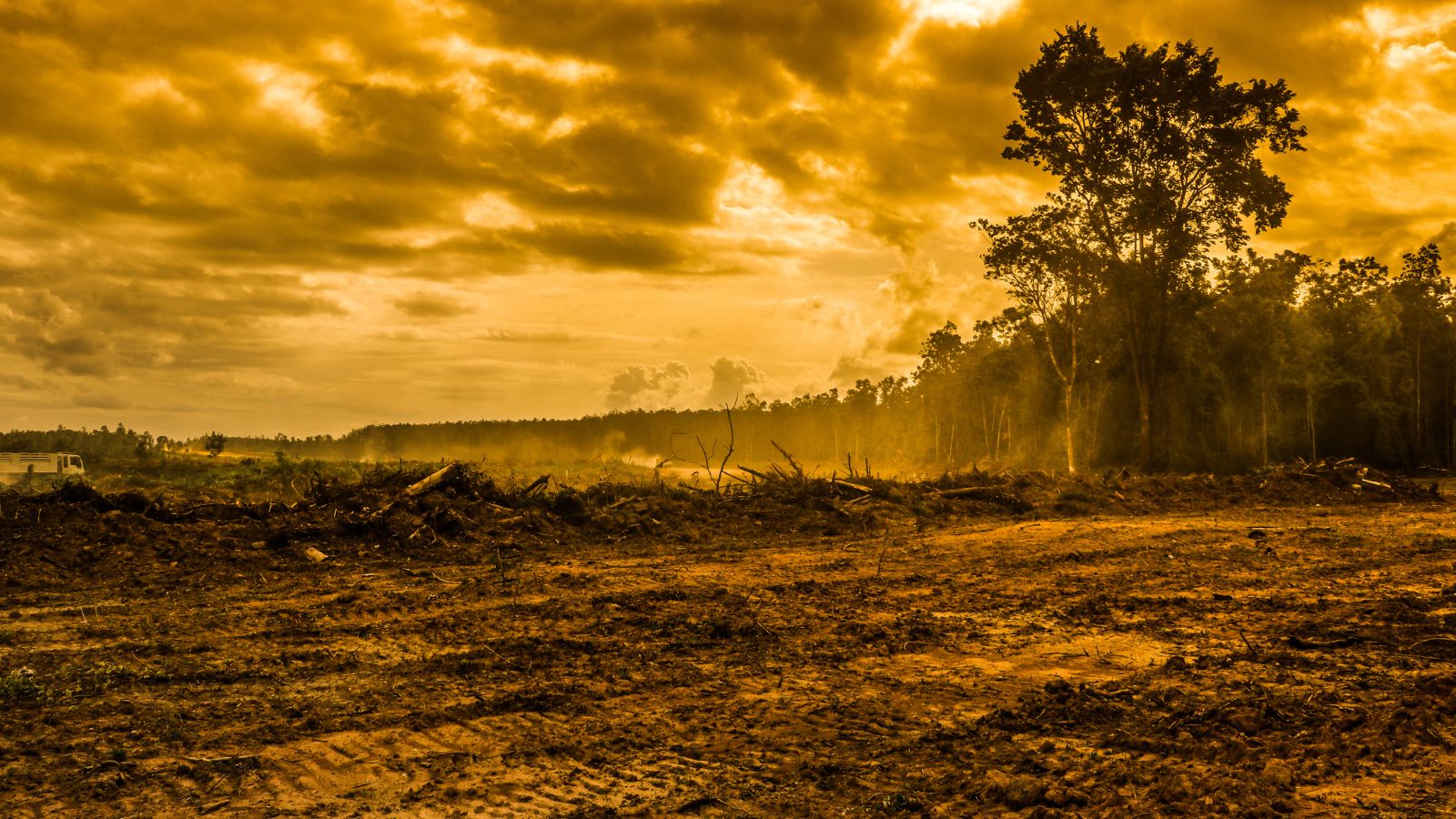
Extreme weather events, such as hurricanes, droughts and floods, can devastate crops. When a natural disaster strikes a major agricultural area, the supply of key products diminishes, leading to increased prices in grocery stores.
Crop Failures
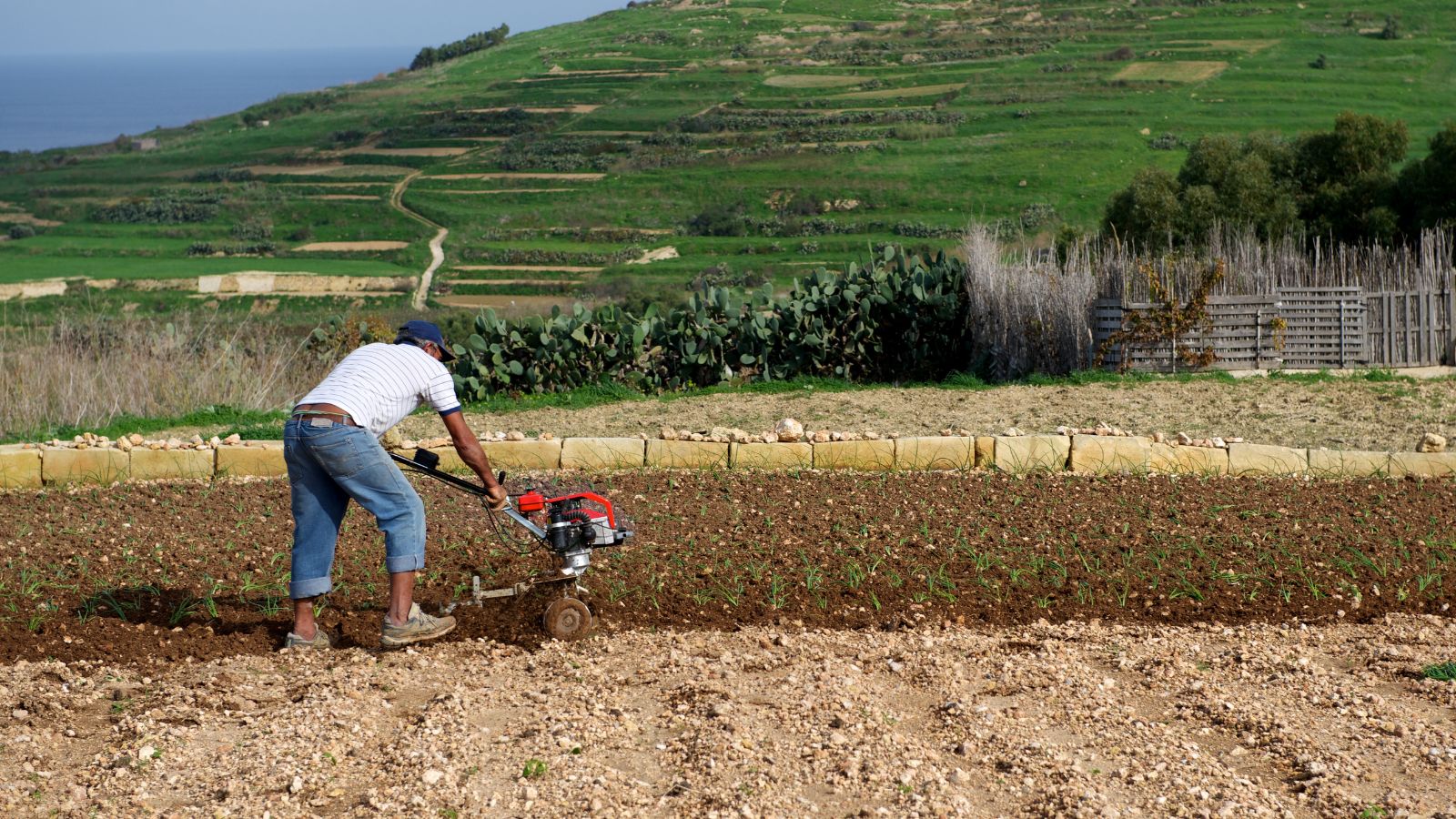
Rising temperatures and unpredictable weather patterns can cause crop failures, leading to reduced harvests. When fewer crops are available, the prices of those products tend to rise sharply.
Shifts in Growing Seasons
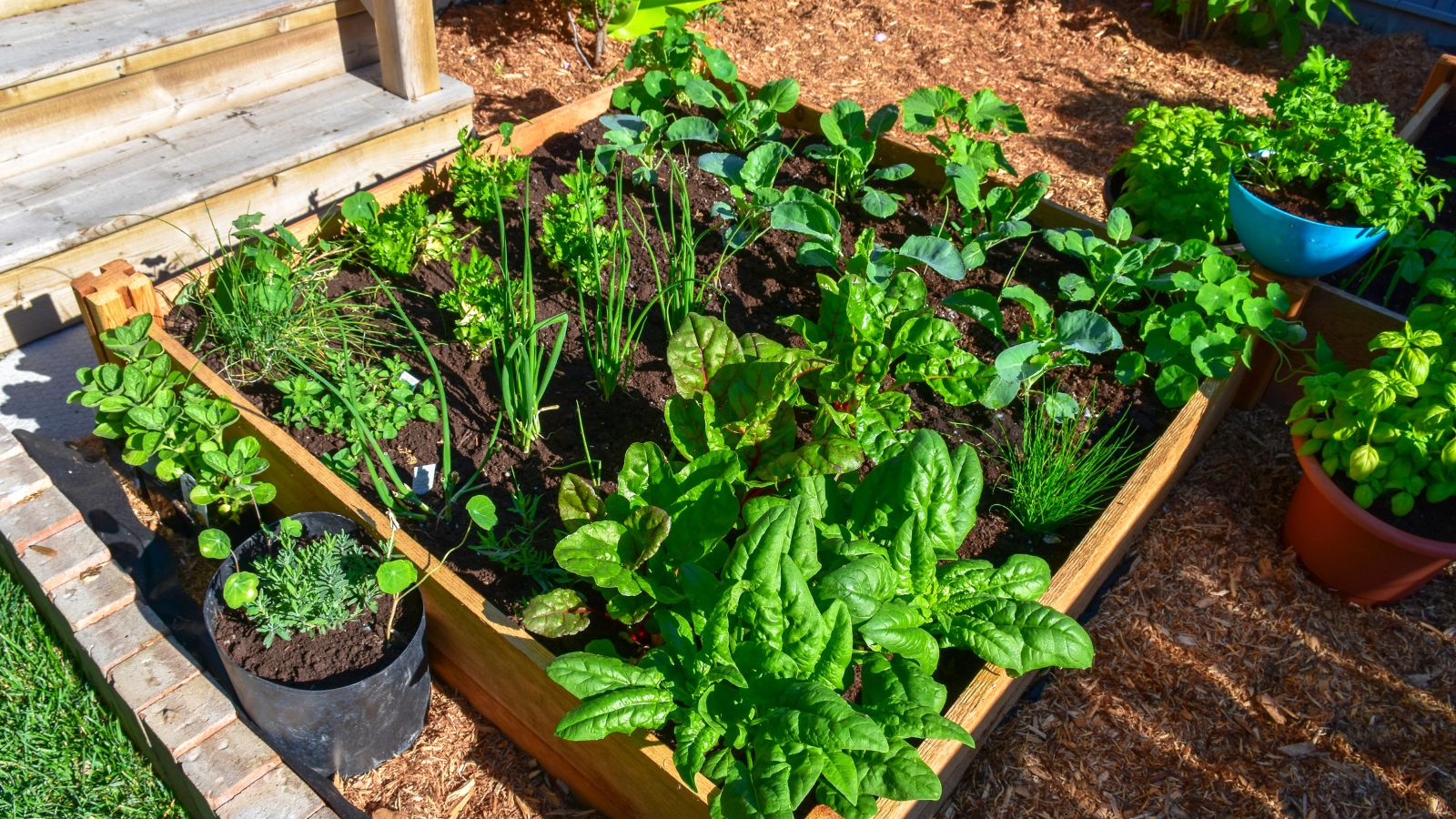
Climate change is altering traditional growing seasons, affecting the timing and availability of fresh produce. Early or late harvests can disrupt supply chains and create fluctuations in prices.
Increased Transportation Costs

Rising fuel prices, exacerbated by climate change policies and natural disasters, can drive up transportation costs for food products. These increased expenses often translate to higher grocery bills.
Water Scarcity
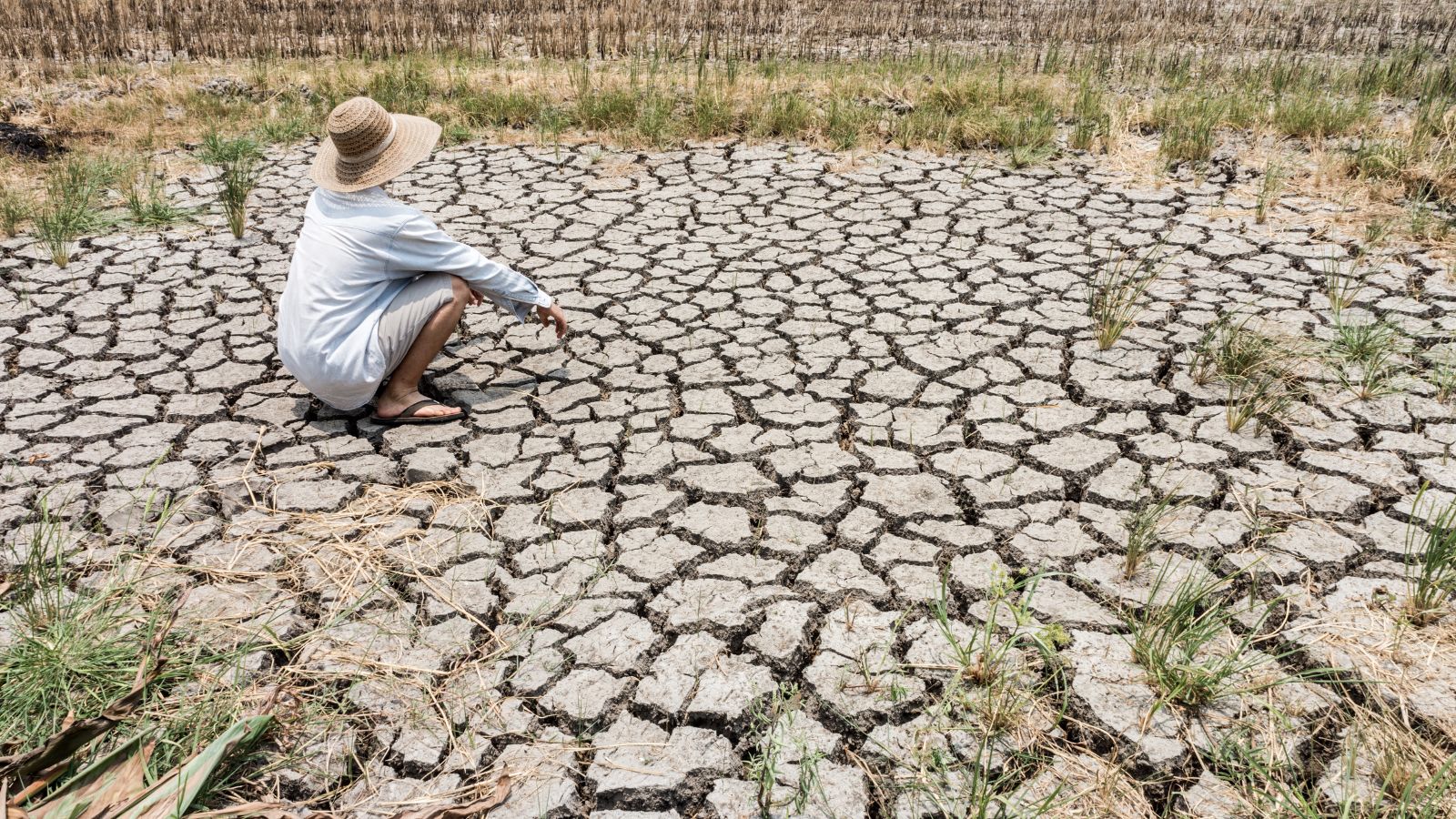
Many regions are experiencing water shortages due to prolonged droughts. This scarcity can hinder crop irrigation, leading to reduced agricultural output and increased prices for water-intensive crops like fruits and vegetables.
Livestock Stress

Extreme temperatures can stress livestock, leading to decreased productivity, lower milk yields and increased mortality rates. As a result, the supply of meat and dairy products may dwindle, driving up prices.
Pest and Disease Resurgence

Climate change can expand the habitats of pests and diseases that affect crops and livestock. An increase in pest populations can necessitate more pesticide use, raising production costs that farmers pass on to consumers.
Soil Degradation
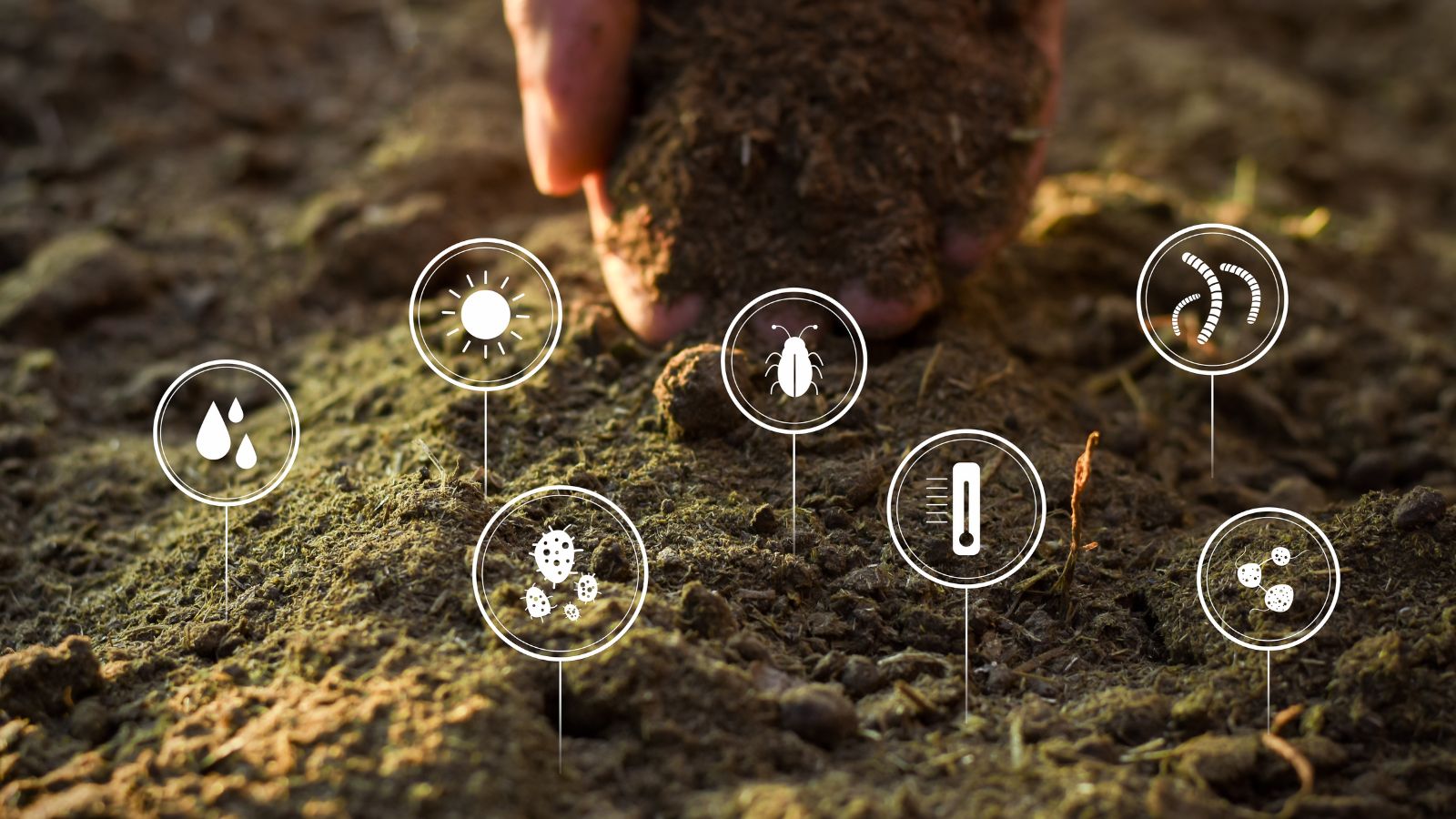
Changes in climate can lead to soil degradation, reducing its fertility and productivity. Poor soil health can lower crop yields, resulting in higher prices for consumers.
Higher Energy Costs

As energy costs rise, the expenses associated with food production, processing and transportation increase. These higher energy costs can lead to increased prices at the grocery store.
Global Supply Chain Disruptions
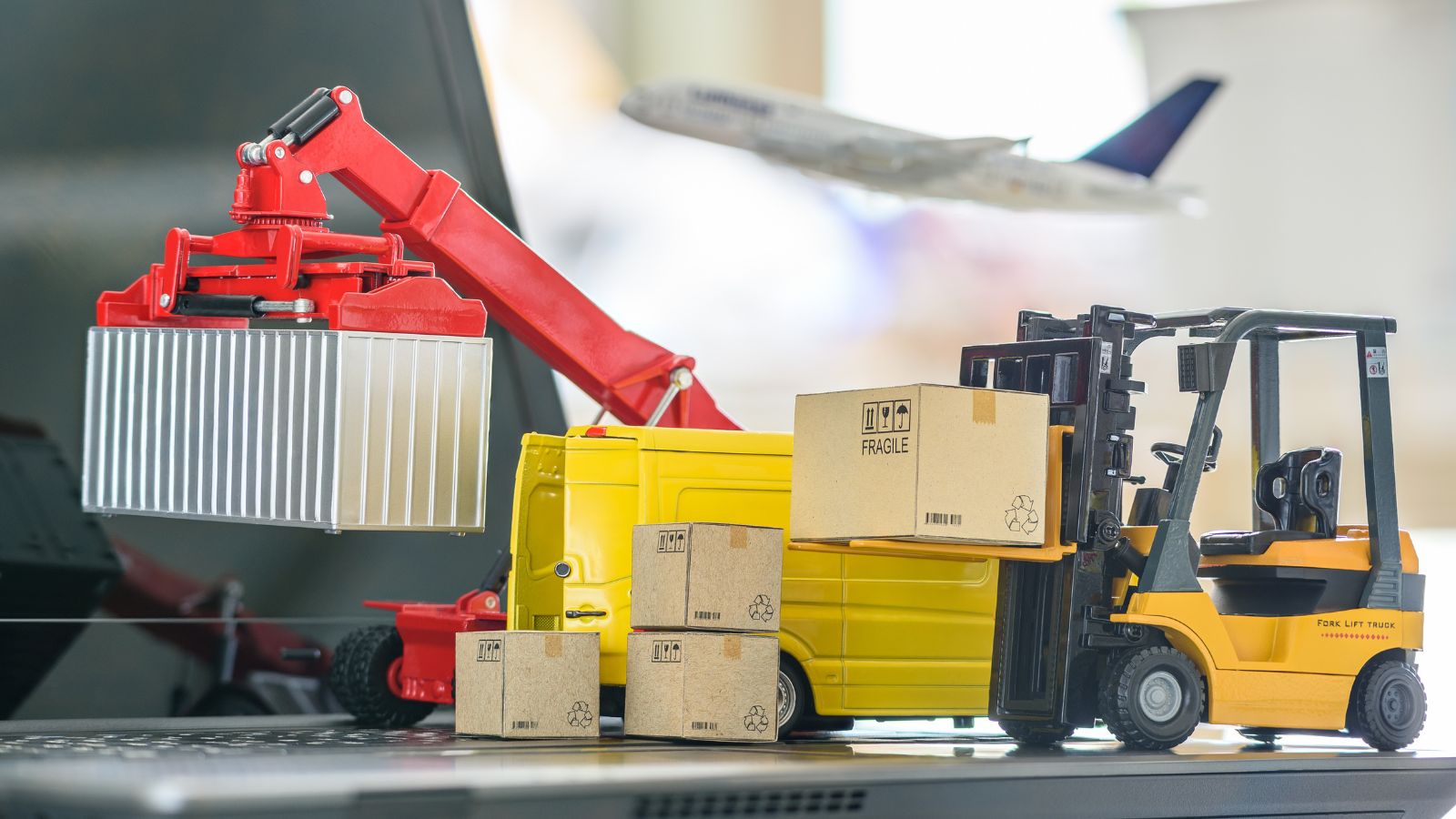
Climate change can cause global supply chain disruptions, impacting food availability and prices. Events like droughts or floods in one part of the world can have cascading effects on food supplies elsewhere.
Organic Produce Premiums
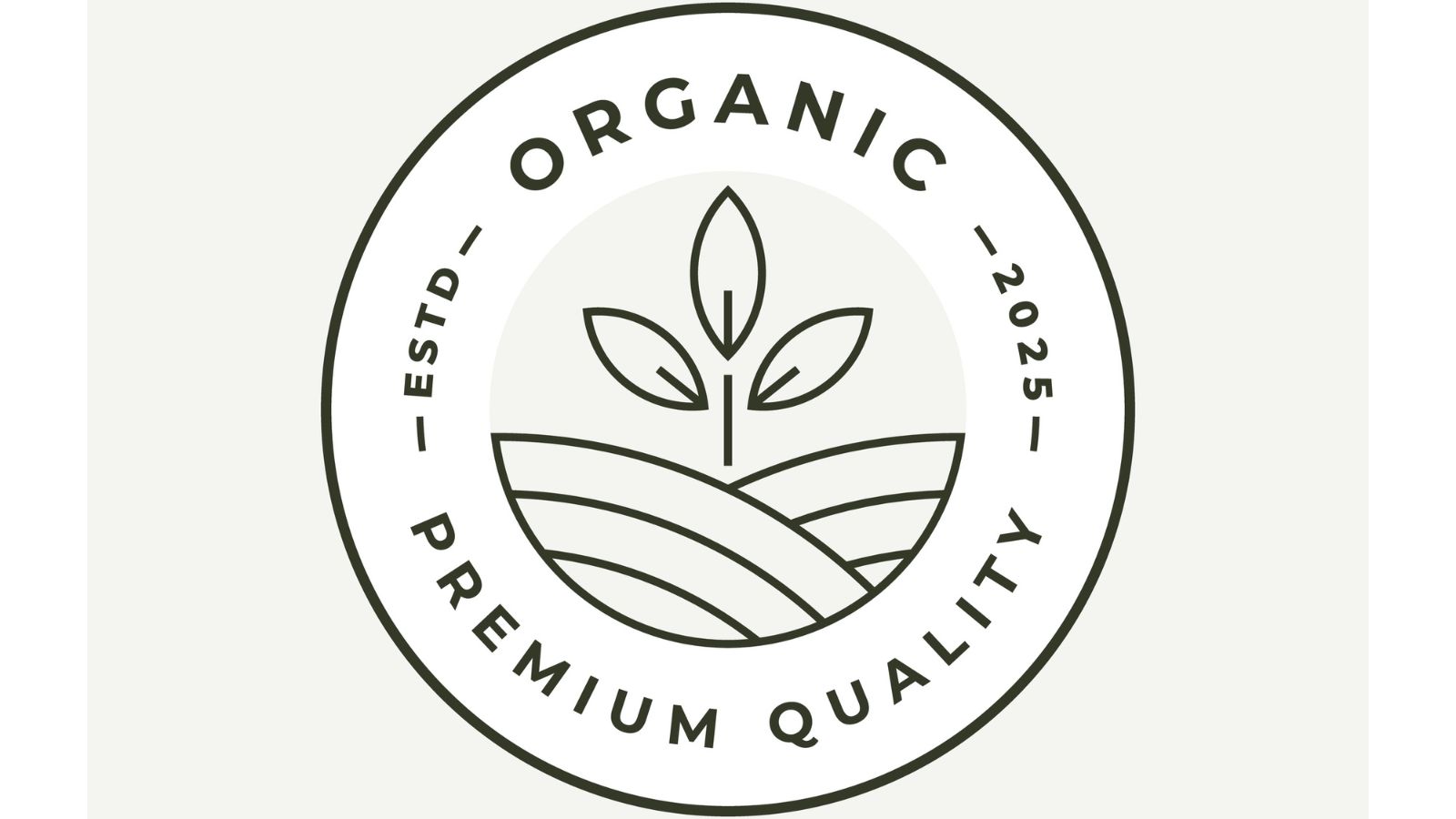
As climate change creates more difficult growing conditions, organic farming can become more challenging. This can lead to reduced organic produce availability, making organic options even more expensive.
Changing Crop Varieties
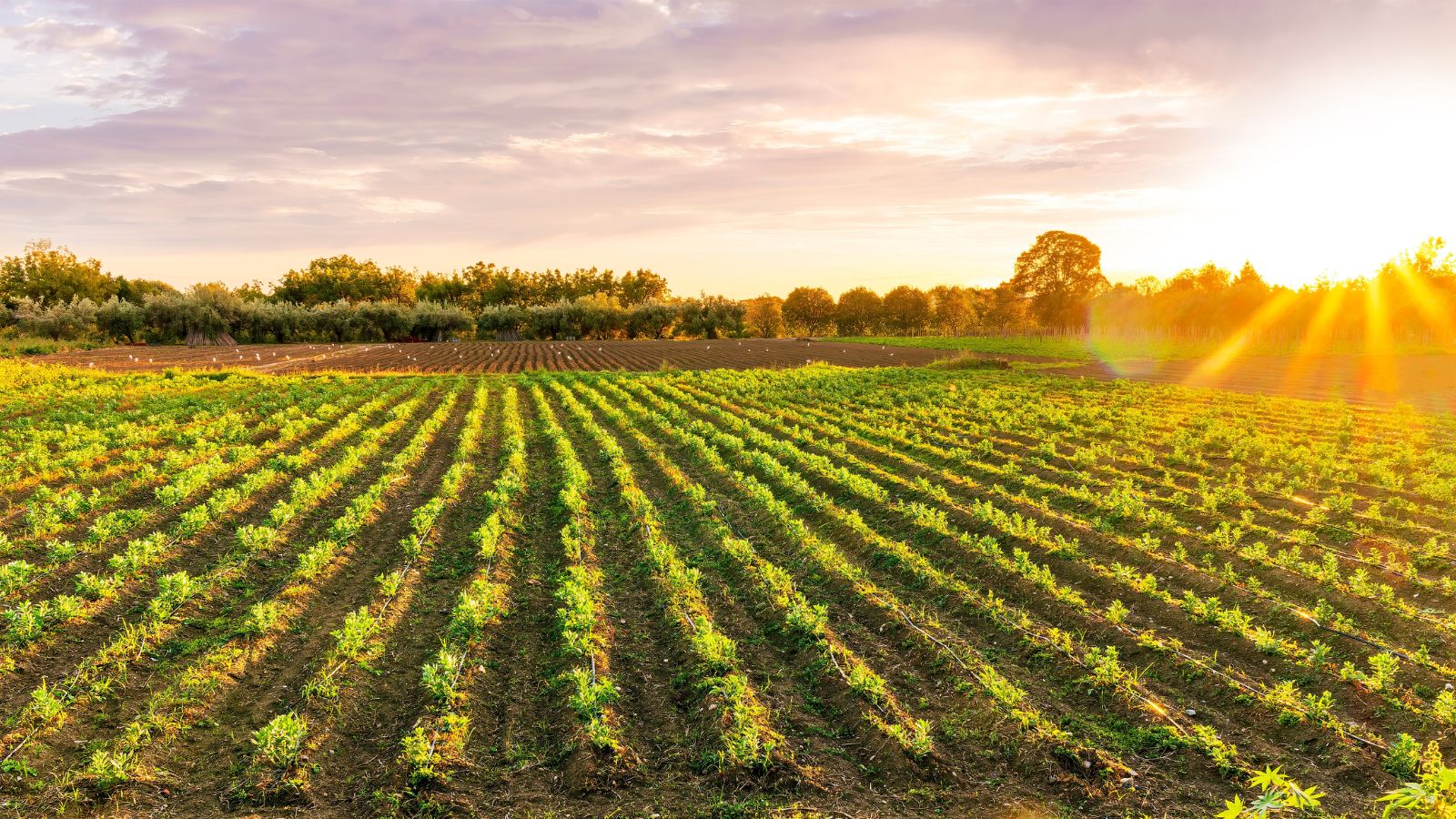
Farmers may need to shift to more resilient crop varieties that can withstand climate extremes. These new varieties may require more investment and research, which could increase food prices.
Increased Food Waste
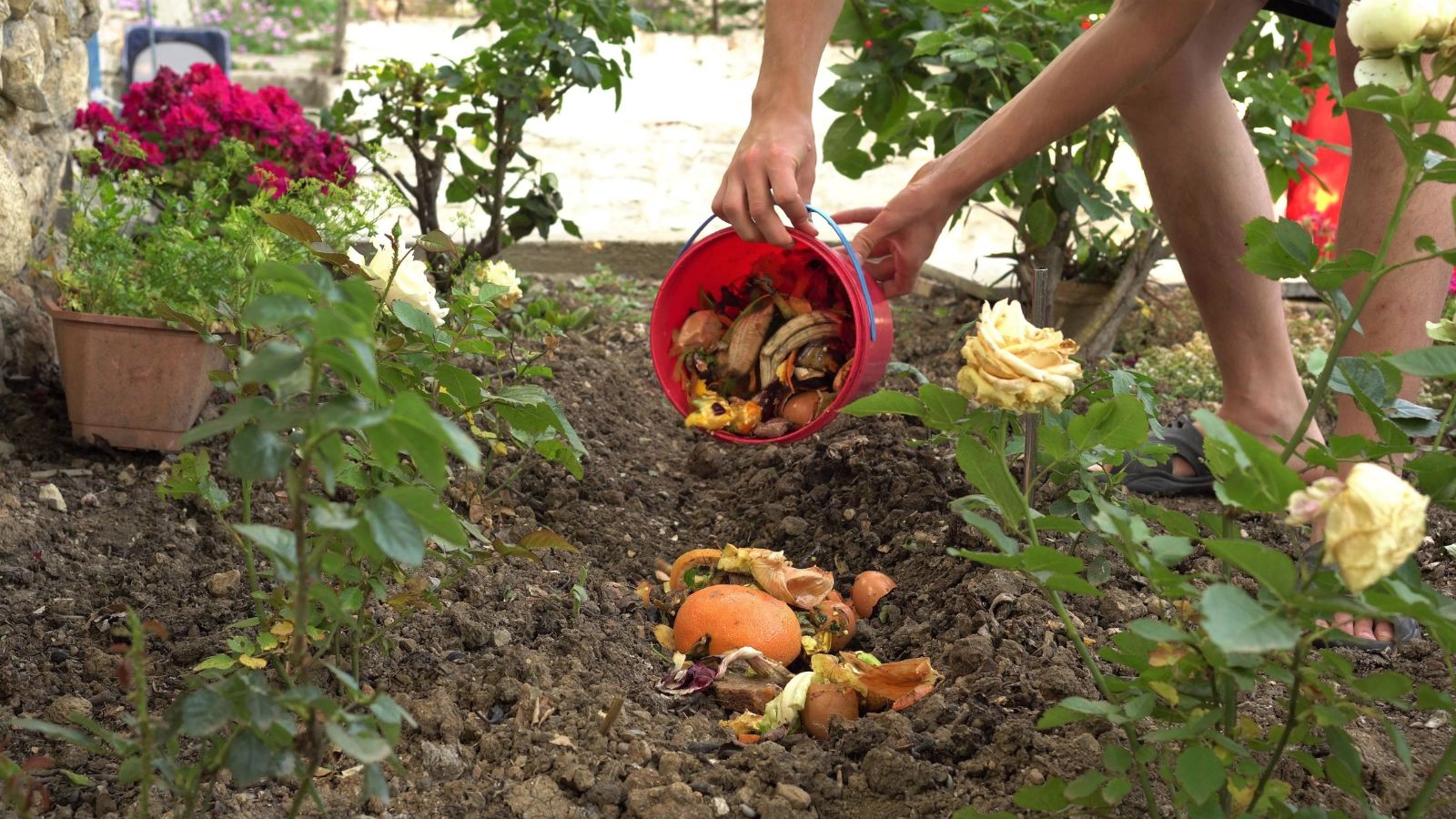
Climate change can lead to a higher incidence of food spoilage, as changing weather conditions affect storage and transportation. More food waste means higher prices for the remaining supply.
Consumer Demand for Sustainable Practices

As consumers become more aware of climate change, they may seek out sustainably produced foods, often at higher prices. While this demand reflects a positive shift toward environmental consciousness, it can also increase grocery bills.
Impact on Seafood Prices

Warmer ocean temperatures and changing marine ecosystems affect fish populations and migratory patterns. These shifts can lead to reduced fish catches, driving up prices for seafood.
Regulatory Costs

As governments respond to climate change, regulations surrounding agricultural practices, pesticide use and emissions may change. Compliance with new regulations can increase production costs for farmers, ultimately affecting grocery prices.
Land Loss
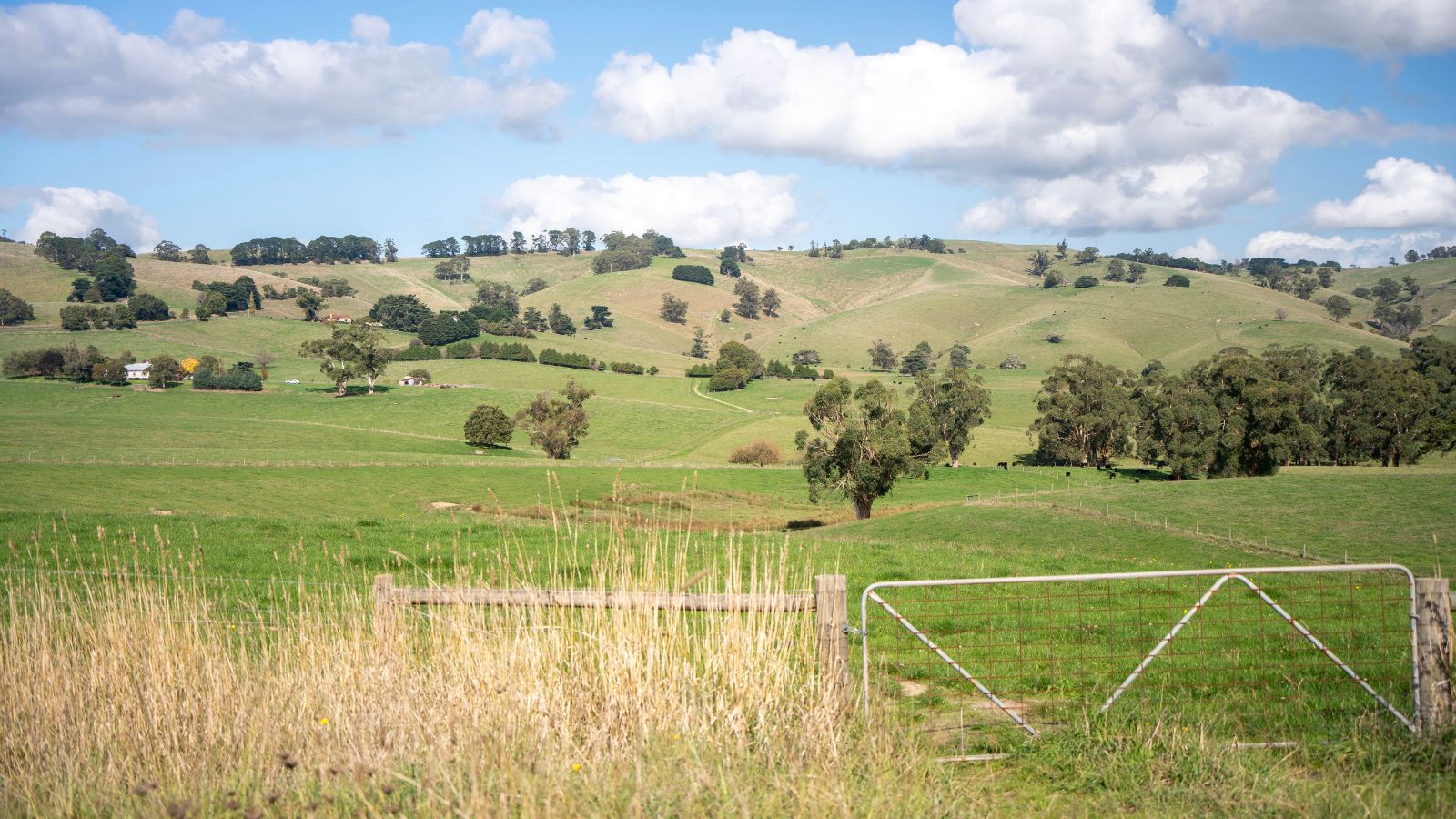
Rising sea levels threaten coastal agricultural lands, reducing the land available for farming. This loss can decrease food supply and subsequently increase grocery prices.
Health-Related Costs

Climate change is linked to health issues such as respiratory problems from increased air pollution and foodborne illnesses. Higher healthcare costs can indirectly influence grocery prices as consumers seek healthier, often pricier food options.
Insurance Premiums

Extreme weather events can lead to higher insurance premiums for farmers, increasing their costs. These costs may be passed on to consumers in the form of higher food prices.
Market Volatility

The agricultural market is increasingly vulnerable to climate-related risks. Price volatility can lead to unexpected spikes in grocery bills as supply and demand shift rapidly.
18 Reasons Why People Are Leaving Florida in Masses

Exploring factors that impact the desirability of living in Florida, this list delves into various challenges shaping residents’ experiences. From environmental concerns like rising sea levels to economic factors such as fluctuating job markets, these issues collectively contribute to a nuanced understanding of the state’s appeal.
18 Reasons Why People Are Leaving Florida in Masses
